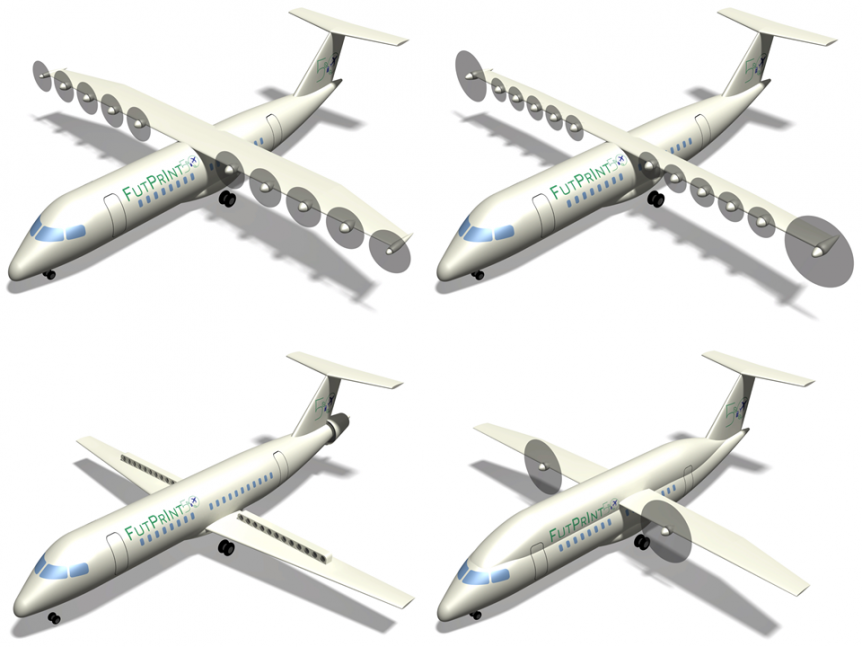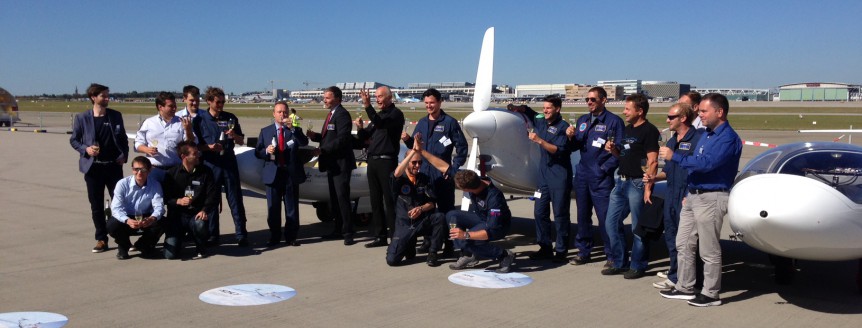Researchers from the German Aerospace Center (Deutsches Zentrum für Luft- und Raumfahrt; DLR) conducting research into the potential of new types of design have crafted novel configurations for future flight. The DRL and BDLI (German Aerospace Industries Association or Bundesverband der Deutschen Luft- und Raumfahrtindustrie) have published a white paper: “Zero Emission Aviation – Emissionsfreies Fliegen” explicating these configurations. Surprisingly, one of their major findings is that “Electric flight enables lighter aircraft with smaller wings and distributed propulsion systems.” Battery weight has caused MagniX and Ampaire to reduce the number of passengers or the cargo loads on conversions of existing airframes. To counter those issues, “An EU research project is investigating the potential for new propulsion systems and aircraft concepts.” Obviously, these new concepts will need to take advantage of advanced materials to lower airframe weight. Hybrids and Hydrogen Thousands of airliners parked in dry desert locations highlight how the COVID crisis has affected air travel. Despite the ongoing interlude …
HY4 Makes First Public Flight – Your Editor Rides EAA’s Ford Trimotor
A day after Pipistrel, the DLR and associates flew the first public demonstration of their four-seat hydrogen-powered HY4, your editor and a friend took a brief hop around the Aurora State Airport in Oregon in EAA’s Ford Trimotor, the first certified airliner in America. The two events, roughly equal in duration, if not in historicity, demonstrate a readily observable progress in aeronautics. A quickening of design and technology 14 years after the Ford 5AT first flew on a scheduled route that took 51 hours total time to cross the United States (and split transport duties with trains), your editor’s father was whisked nonstop by Army Air Corps C-54 across the Atlantic to Shannon, Ireland, and then to Bobbington and Newquay, England to work on bombers for the duration of the conflict. Those 14 years seem like a major quickening of design and technology, which brought us pressurized cockpits, turbocharged engines, and great leaps forward in speed, endurance and reliability. Following the …


